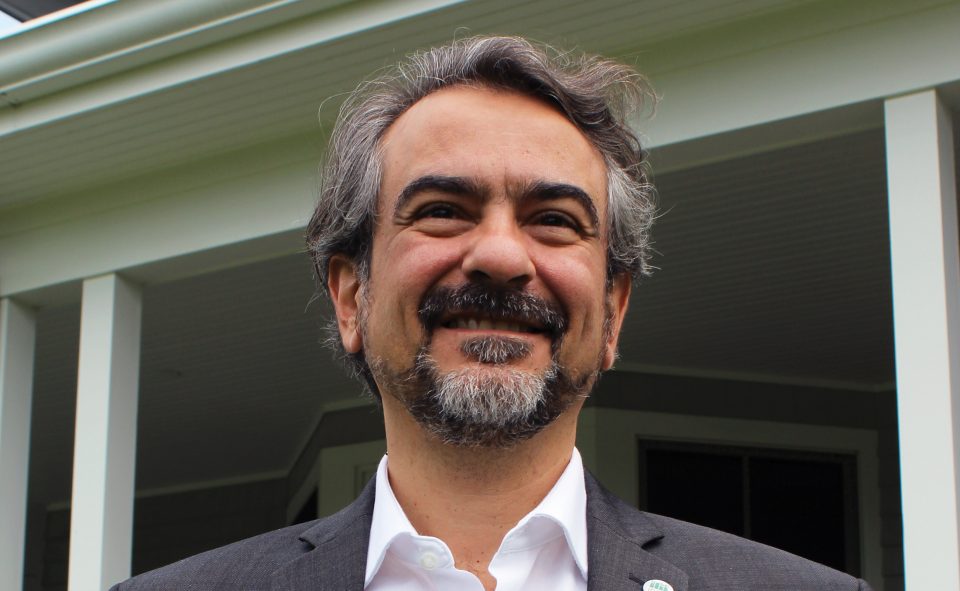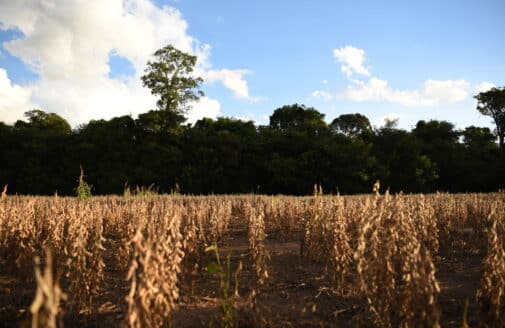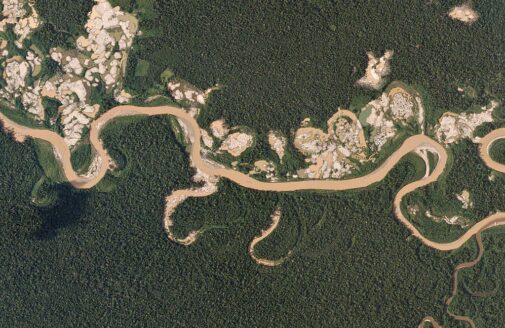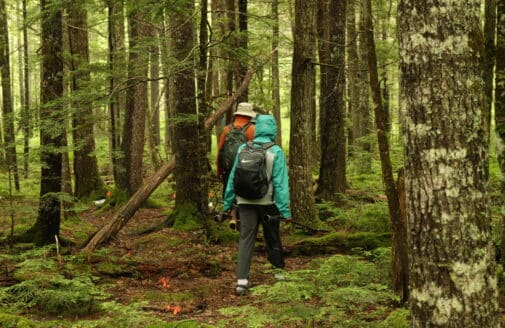Interview with André Guimarães
Woodwell Climate & IPAM Amazônia Partnership

André Guimarães, executive director of IPAM Amazônia, recently joined the Woodwell Climate Research Center (formerly Woods Hole Research Center) Board of Directors. He previously was Vice President of Development at Conservation International (CI) Americas, where he supervised operations in 10 Latin American countries. He was the Private Sector Relations Coordinator at the World Bank pilot program to conserve the Brazilian rainforest and Director of A2R Fundos Ambientais. He has a degree in Agronomy from the University of Brasília and a Master’s in agricultural economics from Cornell University.
Woodwell Climate interviewed Guimaraes about his work conserving the Amazon.
Why have you devoted your career to forest protection?
Even though my training was focused on agriculture, my heart and instincts convinced me that I should invest my career in trying to understand the implications of businesses and human activities over nature. When I graduated, I had two job offers: one to work in a multinational company that produced grains in the Cerrado, and another to participate in a science project to study the implications of deforestation in the Amazon. I took the second and, so far, even making a fifth of the income, I have no regrets.
Why is the partnership between Woodwell Climate and IPAM so valuable?
[Woodwell Climate] and IPAM are sister organizations, in the most noble meaning. Without [Woodwell Climate], IPAM would not exist. We complement each other in the work that we do together for the Amazon and climate change mitigation. Despite coming from different countries and having different cultures and operational methods, we share a vision of a harmonic world, in which humans and nature can live together and thrive. Both entities produce science-based solutions for a sustainable Amazon. Being in Brazil allows IPAM to channel scientific results of both organizations into public policies and innovation for a better balance between land use and forest conservation. Today, IPAM helps connect the latest data and scientific analysis from our researchers to policymakers, business leaders and local activists. In our work together, we’re generating concrete solutions for harmonizing people and nature.
How do the organizations work together?
Our relationship is based on a profound alignment of interests and a common vision for the future of the Amazon and the world’s tropical forests. We are working together to create positive changes in one of the fastest-evolving regions on Earth—the Amazon rainforest. We use science to understand the synergies between food, people, biodiversity, and climate. Then we work to transform our scientific findings into effective policies that promote economic growth and human rights protection and the well-being of local people, while preserving the natural ecological functions upon which they depend. Moreover, we dedicate efforts to translate science into a language and a rationale that decision makers can use. This combination of science and advocacy is very precious and a unique characteristic of [Woodwell Climate] and IPAM’s partnership.
In your opinion, what’s the most valuable piece of science that the organizations have worked on together to produce?
I can highlight two projects, the “Seca Floresta” (“Dry Forests”), in early 2000’s, and the Tanguro project, still underway. The first one simulated drier conditions in the forest, similar to the climate changes scenarios. Projecting worsening risk of forest fires and droughts is crucial for understanding how best to protect both our communities and our forests. The Tanguro project focuses on land-use, degradation by fire and wind, and carbon emissions. It is certainly one of the largest open sky laboratories trying to understand the interdependence between forest protection and agricultural production in the world. The science produced by these two projects has helped to develop the avoided deforestation concept, one of the fundamentals of the REDD+ (Reduced Emissions from Deforestation and Degradation) mechanism, and has shaped international discussions over the subject.
Why is the Amazon so critical in the global context of climate action and ecosystem protection?
As the largest tropical forest in the world, Amazon conservation is key to providing climate balance: it stores 49 billion tons of carbon just in the Brazilian Amazon. Moreover, the forest contains 20 percent of all species of the planet’s fauna. The biome is also home for more than 150 indigenous groups, with hundreds of different cultures and languages, in addition to 30 million Brazilians. In my view, the Amazon is the Brazilian path for the future. It is our greatest treasure.
How should Brazil balance economic development with protecting forests and the indigenous peoples and wildlife that depend on them?
In Brazil, we have about 70 million hectares of productive cropland. In addition, the country has a similar area of degraded soils, which could be incorporated into productive land, if the right technology and incentives were available. Simultaneously conserving Brazil’s remaining rainforests and woodlands while increasing agricultural production through intensification rather than “extensification,” with respect to the indigenous groups, should be the path to follow. This shift demands engagement of diverse stakeholders, sound science and a new set of public and corporate policies. IPAM and [Woodwell Climate] are working together to promote this new paradigm for the Amazon.







